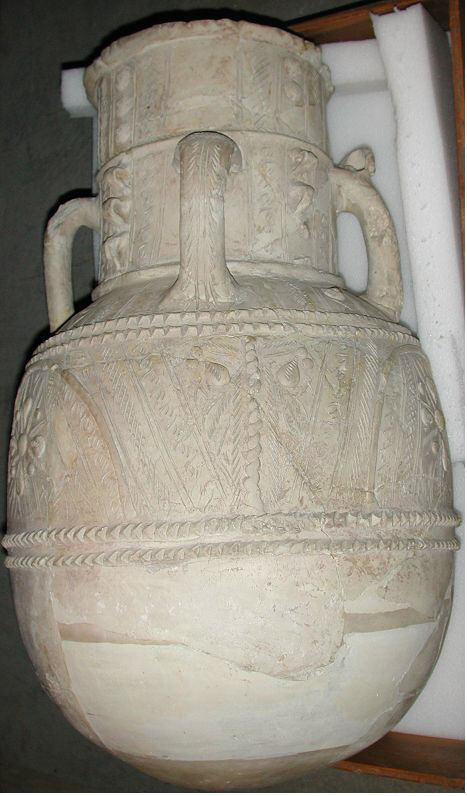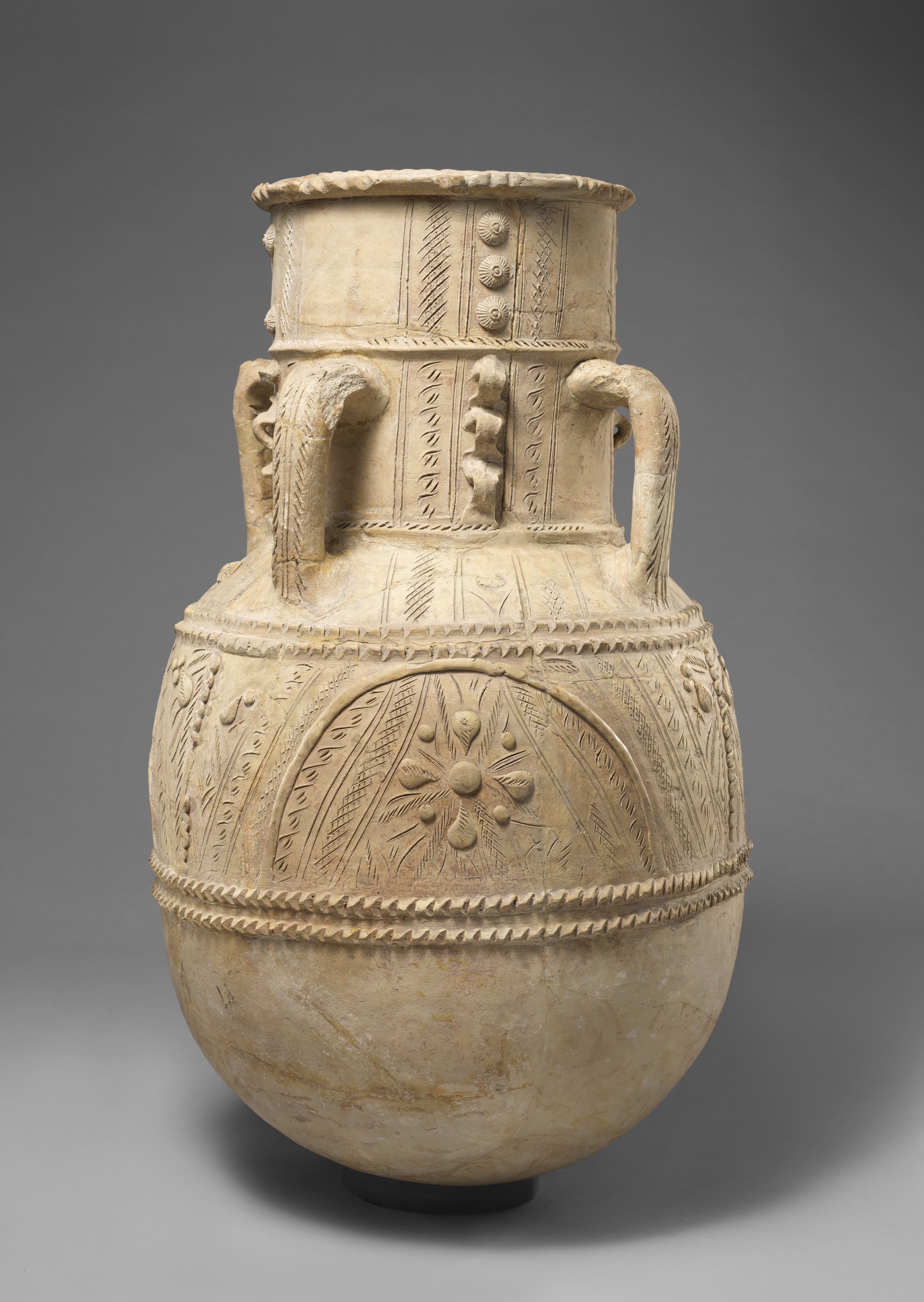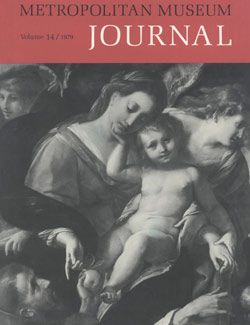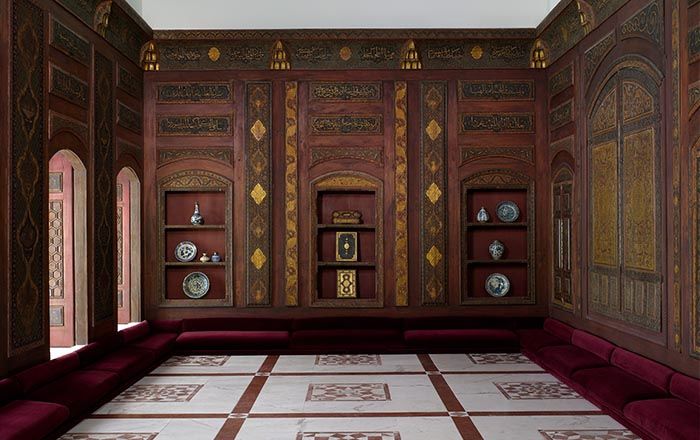Large Storage Jar for Cool Water With Flower Motifs
Not on view
This jar was discovered near Ctesiphon, the Sasanian metropolis and administrative capital conquered by Arab Muslim armies in 637. The city was known in Arabic as al-Mada’in, or "the cities", for its extended area. Arab historians indulge in describing al-Mada’in/Ctesiphon’s grand monuments, which obsessed Muslim rulers and may have acquired a symbolic meaning related to its imperial past. This was the case of the Taq-i Kisra, an impressively-sized ivan (a vaulted hall with one side open) partially dismantled to reuse its bricks in caliphal buildings in the new capital Baghdad.
Finds like this jar attest instead to the continued occupation of Ctesiphon’s urban area in the early Islamic period. Large unglazed clay vessels were used to store liquids and keep them cool by the evaporation that occurred through their porous walls. This example bears motifs inspired by pre-Islamic Eastern motifs which were incised and applied. The technique used here is known as barbotine, in which rolled strips and circles of clay were applied to the surface, flattened and then incised with parallel lines.
This image cannot be enlarged, viewed at full screen, or downloaded.
This artwork is meant to be viewed from right to left. Scroll left to view more.





